About this Guide
Los Angeles is not a Desert
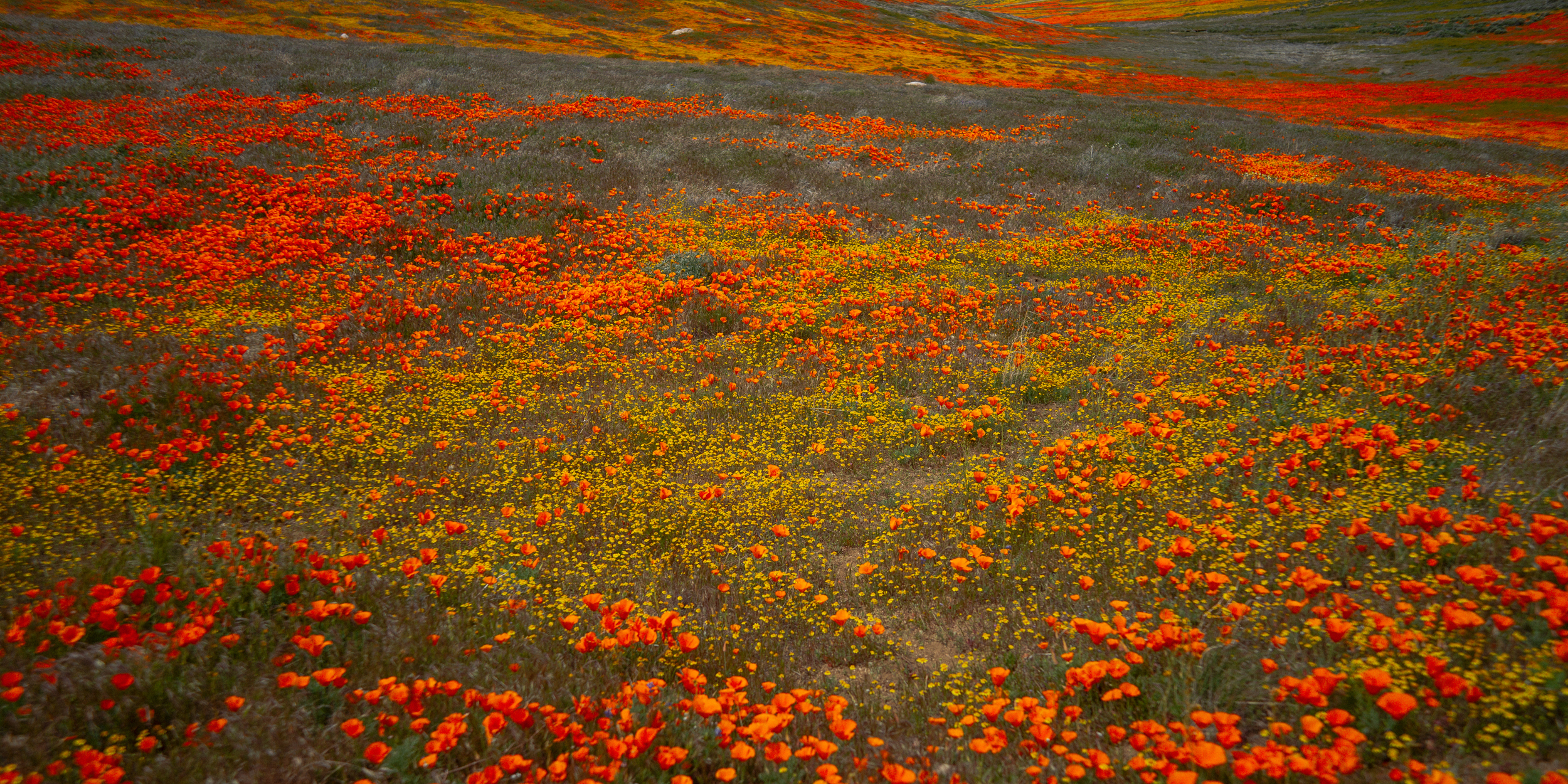
When you are known as a “plant person” people ask you questions. What should they plant? What kind of trees should they get? And, of course, which of them are edible (a question that seems to be of utmost importance to those who have nothing edible currently planted in their garden, and have no plans of planting anything edible in the future) Often, I find, that when you suggest something that they have not seen before, something that does not fit within the internalized model of landscaping, their attention starts to falter.
This is understandable. There is so much that has been erased from the cultural consciousness about California.
And the plants often don’t fit with basic landscaping aesthetics, nor do they perform like highly bred and domesticated cultivars. They are more wild, have more variation and are more in tune with the subtlety of California’s seasons. The simple truth is that we do not know what our ecosystem is meant to look like because so few of us have ever actually seen it. Where, in the urban spaces of Los Angeles, ruled by palms, magnolias, jacarandas and canary island pines are we meant to find it? Perhaps in the spaces found in this guide.
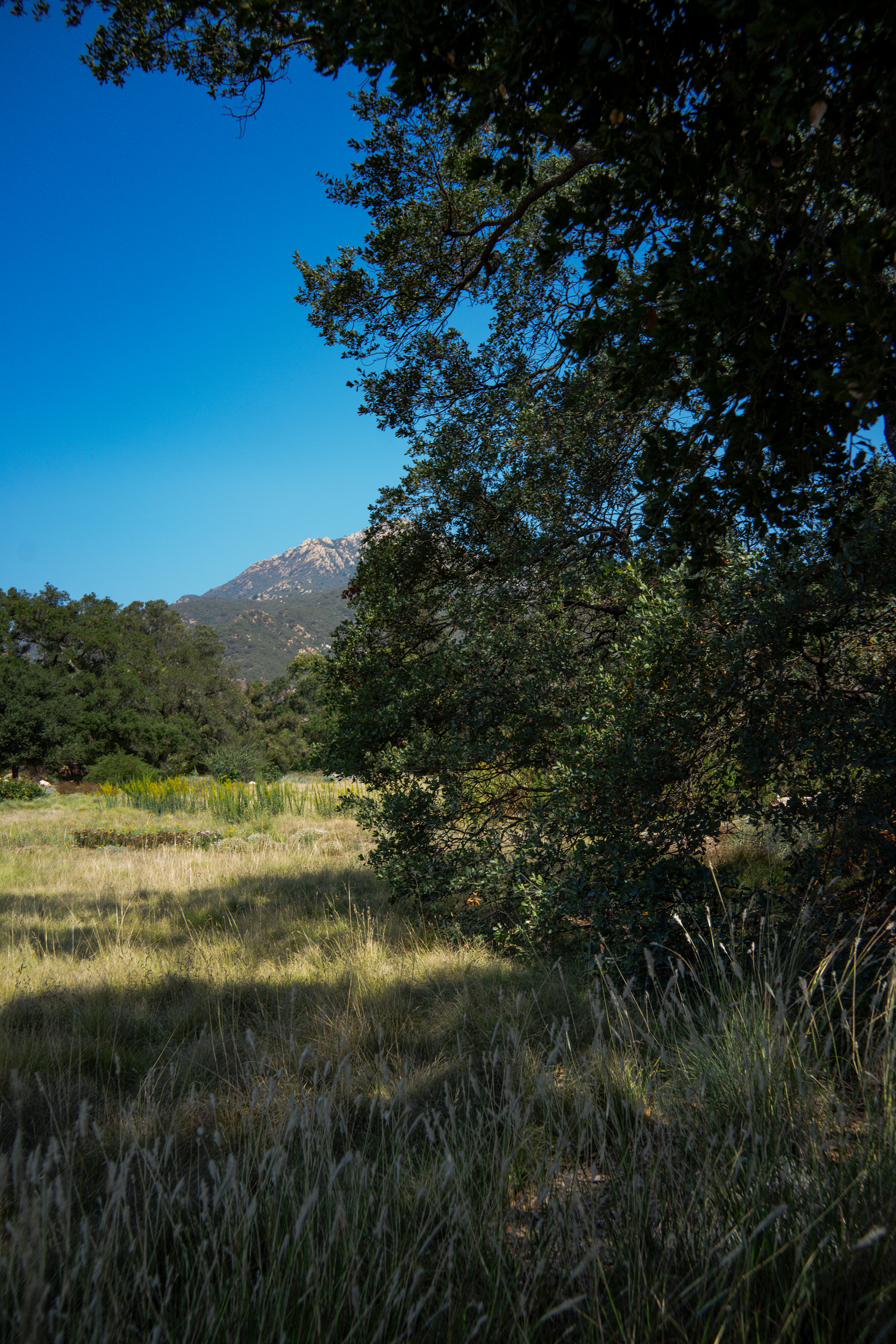
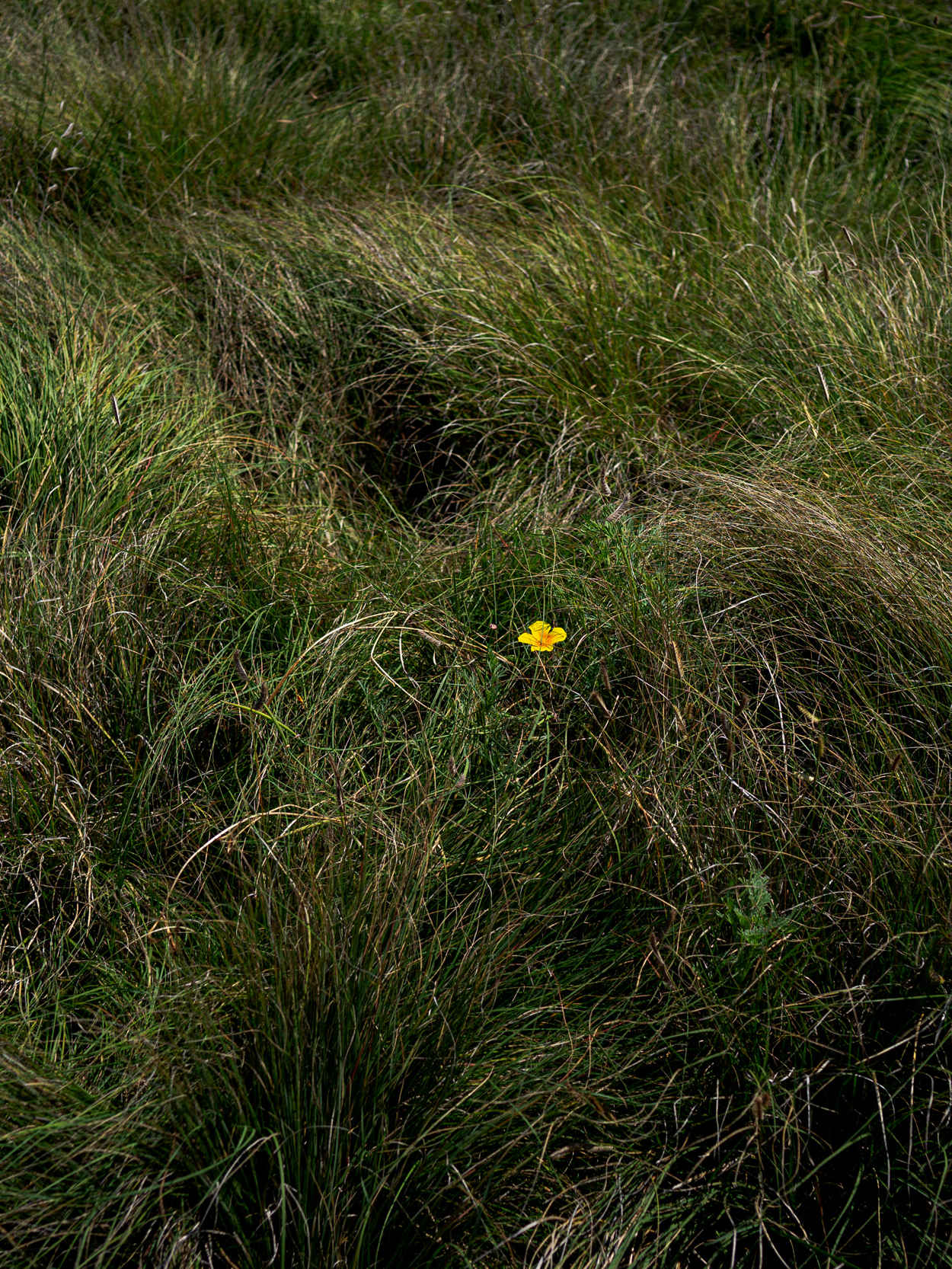
In this guide I have compiled a group of gardens and spaces that have native plants. Some of them are simple, and little more than strips along the roadside and plantings in the parking lot, and some are over
“The simple truth is that we do not know what our ecosystem is meant to look like because so few of us have ever actually seen it.”
twenty years in the making and outstandingly beautiful. But they are all about hope, about looking to the future. About understanding that even plants in a strip between a road and a building are better than nothing, and that every space has the possibility to be an ecosystem.
I chose these spaces because they, whether as a demonstration garden or a restored habitat, in some way have planted native plants. If there was a demonstration garden ata site that also had preserved space, as in the Madrona Marsh, I focused on the planned garden. The goal of this guide is to provide a sense of how a native garden looks. There are a few spaces like Placerita Canyon that don’t really fall into either category but the spaces have so much information to offer that it felt wrong to exclude them.
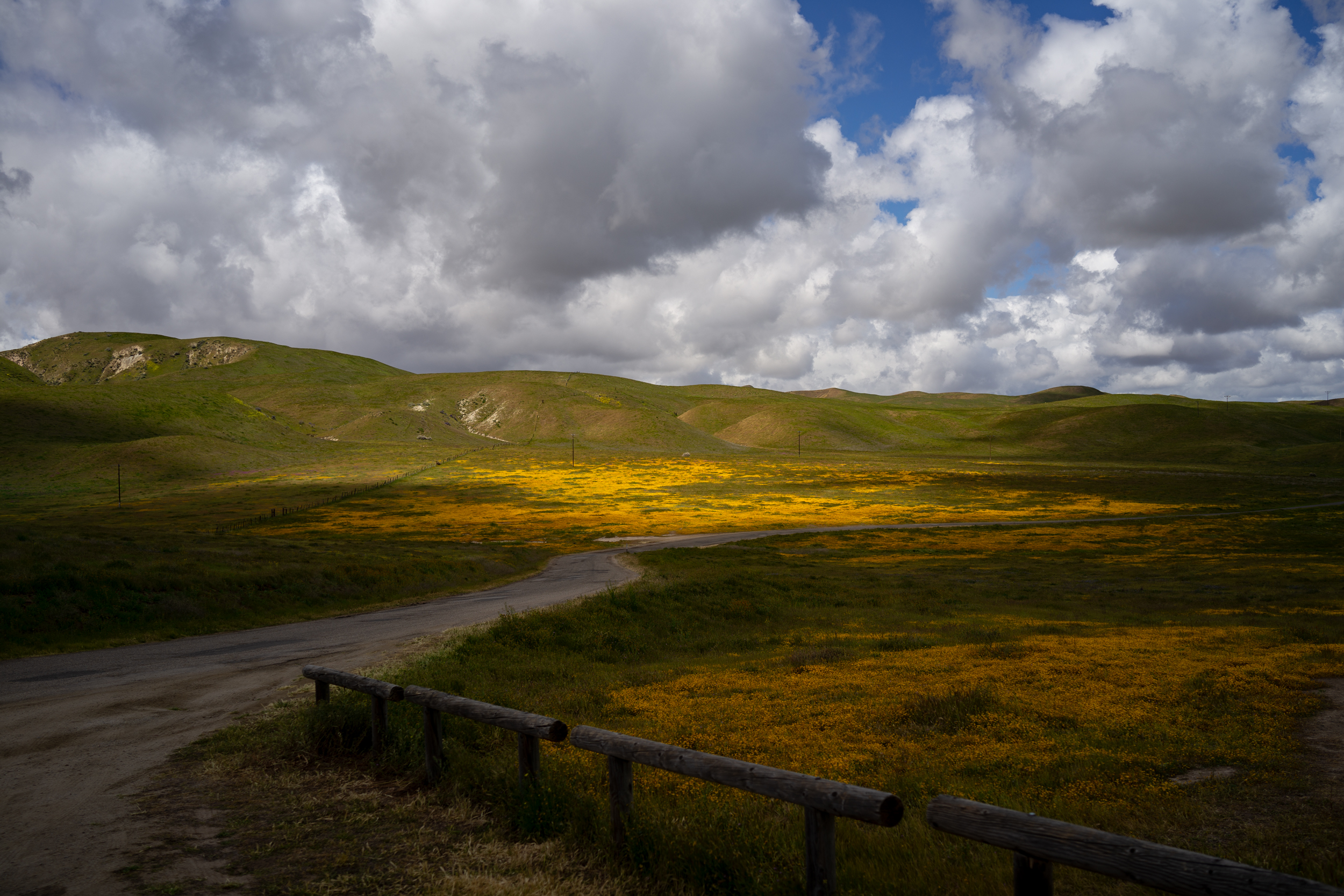
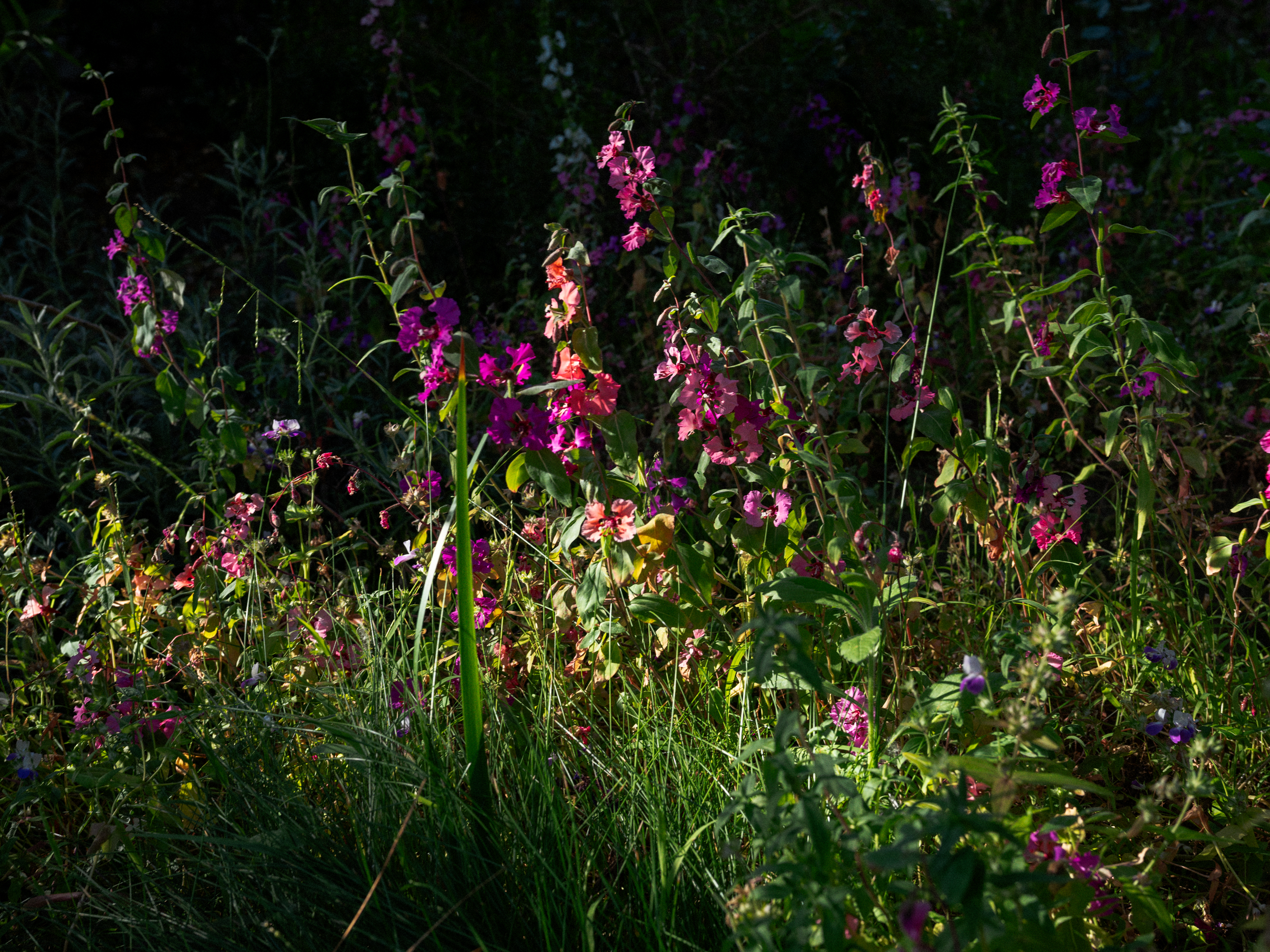
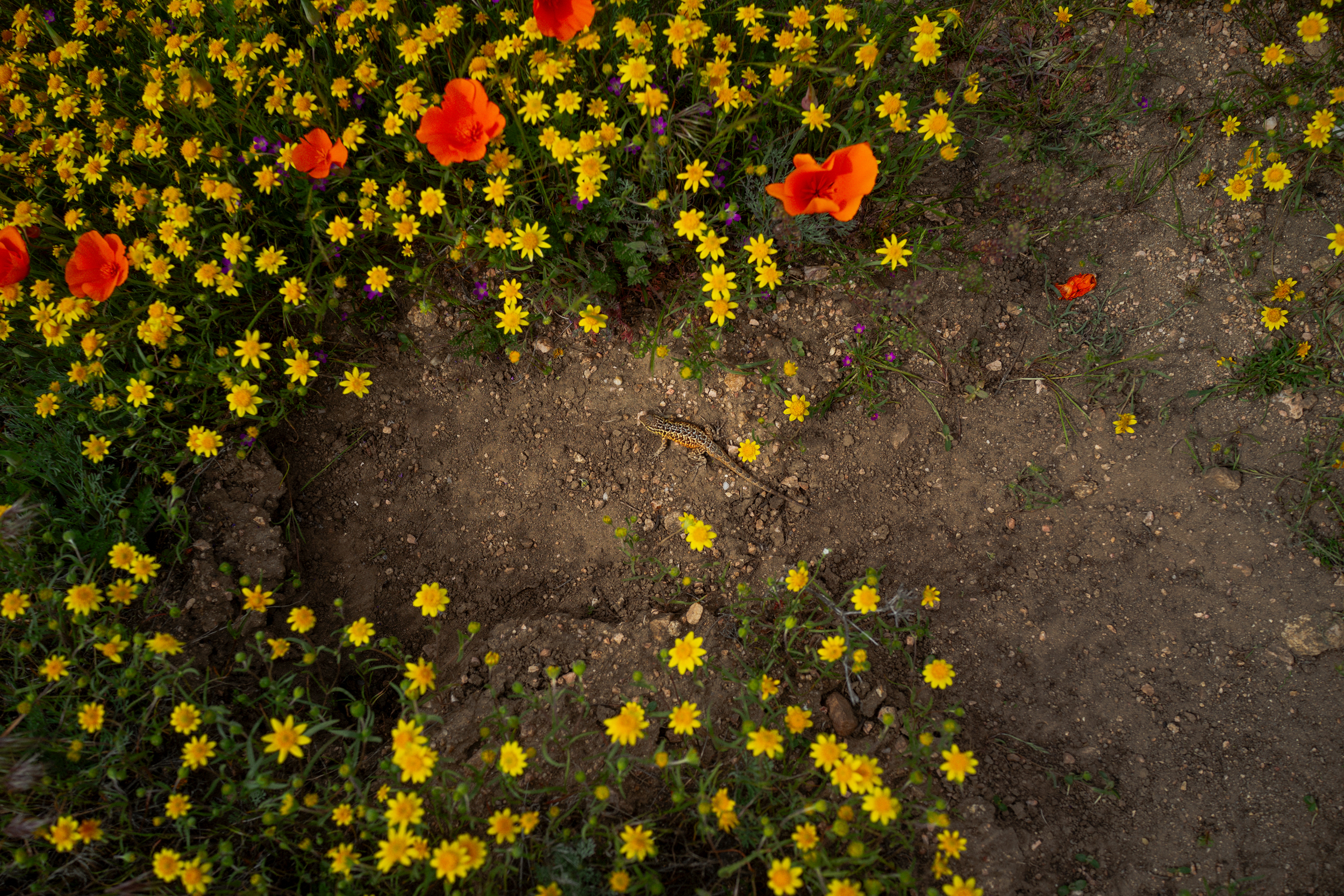
Another important qualification was that they should be free This did leave out a few of my favorite spaces, Descanso Gardens and the Southern Railroad in Griffith Park, for example. Both spaces have “tiny trains” that you can ride and the Southern Railroad route runs through a native garden. I mean, how can you not love that?
But admission prices get expensive and it seems wrong to devote time to spaces that you have to pay for when there is so much going on that is open to everyone. Because that is part of the point, isn’t it? Nature and beauty and a sense of connection with the world is not only for those who can pay. By now, it is no surprise that lower income and people of color are disproportionately affected by bad environmental choices and then priced out of an area once it starts to see restoration and improvement.
I admit that I did not start this project with anything more in mind than native plants. It came as a surprise to trace the history of Los Angeles through these spaces.
“But they are all about hope, about looking to the future. About understanding that even plants in a strip between a road and a building are better than nothing, and that every space has the possibility to be an ecosystem.”
A history of activism, of communities that fought against corporations and figures in history. The history of the Tongva and of Spanish colonization, of people who wanted to make Los Angeles better, and of Nike missiles and destruction. It is a history that is often dark and often uncomfortable to confront.
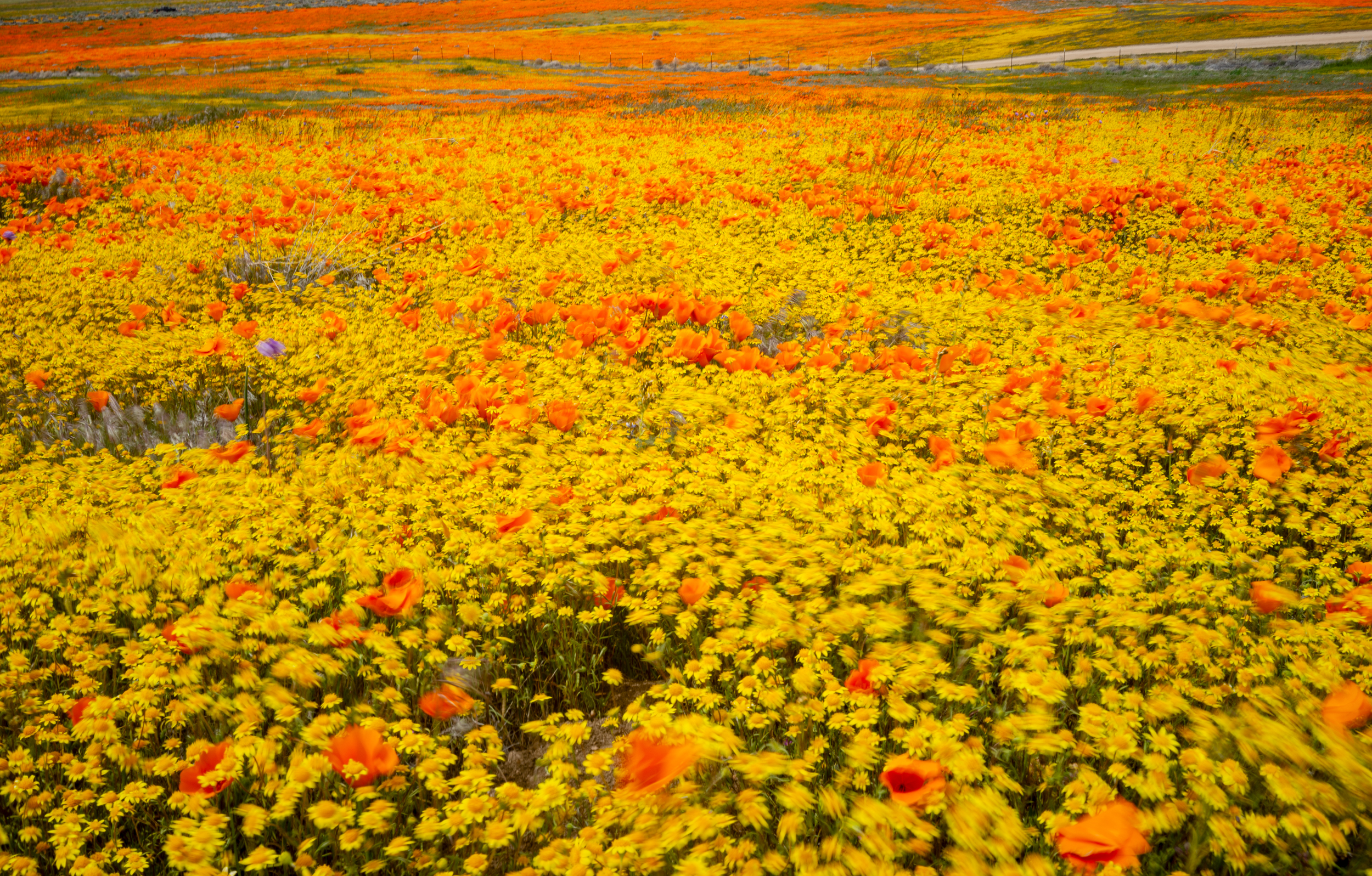
In this guide I included an overview of the history of many of these places, though there is often more complete information at the locations themselves. Something to keep in mind when looking at the images and visiting the spaces in this guide is that I took these photos in the summer of 2021. Both 2020 and 2021 were hard years, with winters that had very little rain and abnormally hot summers and we are, of course, in the throes of a 22-year-long drought. And, of course, there is the pandemic. Many of these spaces rely on volunteers for their maintenance, which was not possible in the days of the quarantine. If this is your first foray into what a native plant garden looks like, keep in mind that some of these are spaces under a lot of environmental stress, with limited access to care.
There are only 30 spaces that have made it into this guide, though I assure you that this is only a fraction of those that I eventually plan on visiting, photographing and writing about, the list in fact is nearing 100 different locations. This was originally a physical guide, a sort of experiment,
that was created in conjunction with the art exhibition “Los Angeles is not a Desert” at Elephant Art Space in Glassell Park. My art practice is about the legacy of colonialism with a focus on our ecology.
“I hope that you feel your aesthetic change, that you start to favor what is untamed and useful, to what is predictable but ultimately barren.”
Creating a guide seemed like a natural extension of this practice. Here I am able present a decade of research in a way that is more accessible than the traditional run on sentence info dump. It is a celebration of the spaces that I love so dearly and a testament to the people that created them.
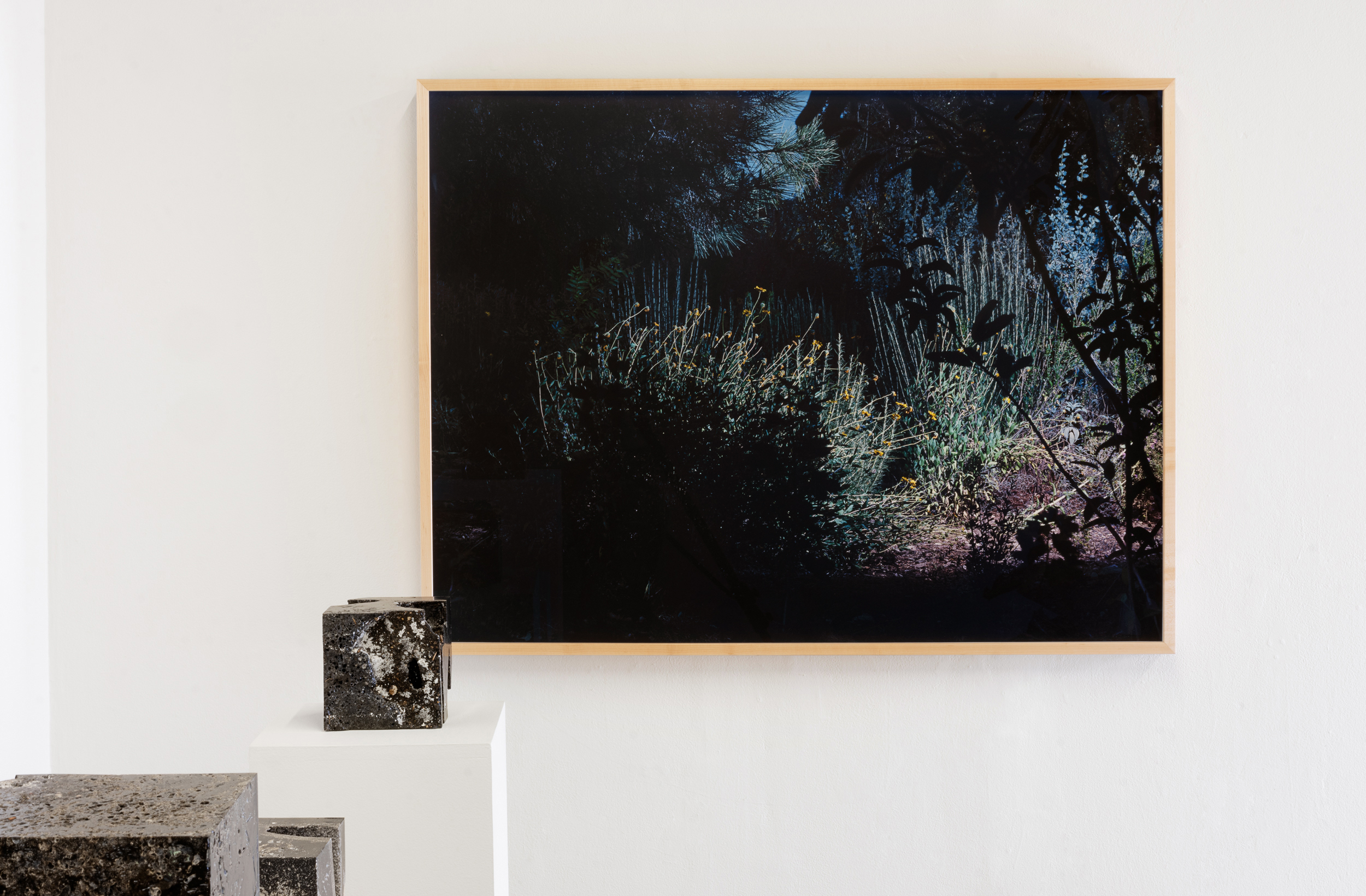


I hope that those new to the ecology of Southern California will have a similar experience that I myself had. The more you learn, the more this part of the world makes sense, the seasons come into focus, the hillsides are no longer brown blobs but places filled with generous buckwheats and ever hardy laurel sumacs. I hope that you feel your aesthetic change, that you start to favor what is untamed and useful, to what is predictable but ultimately barren. .
I hope that the spaces in this guide ask you to rethink how we view our urban landscapes. That when we have the choice we can create something that gives back, rather than just takes, that we are not here for ourselves alone
About this Guide
Los Angeles is not a Desert

When you are known as a “plant person” people ask you questions. What should they plant? What kind of trees should they get? And, of course, which of them are edible (a question that seems to be of utmost importance to those who have nothing edible currently planted in their garden, and have no plans of planting anything edible in the future) Often, I find, that when you suggest something that they have not seen before, something that does not fit within the internalized model of landscaping, their attention starts to falter.
This is understandable. There is so much that has been erased from the cultural consciousness about California.
And the plants often don’t fit with basic landscaping aesthetics, nor do they perform like highly bred and domesticated cultivars. They are more wild, have more variation and are more in tune with the subtlety of California’s seasons.
The simple truth is that we do not know what our ecosystem is meant to look like because so few of us have ever actually seen it. Where, in the urban spaces of Los Angeles, ruled by palms, magnolias, jacarandas and canary island pines are we meant to find it?
Perhaps in the spaces found in this guide.


In this guide I have compiled a group of gardens and spaces that have native plants. Some of them are simple, and little more than strips along the roadside and plantings in the parking lot, and some are over
“The simple truth is that we do not know what our ecosystem is meant to look like because so few of us have ever actually seen it.”
twenty years in the making and outstandingly beautiful. But they are all about hope, about looking to the future. About understanding that even plants in a strip between a road and a building are better than nothing, and that every space has the possibility to be an ecosystem.
I chose these spaces because they, whether as a demonstration garden or a restored habitat, in some way have planted native plants. If there was a demonstration garden ata site that also had preserved space, as in the Madrona Marsh, I focused on the planned garden. The goal of this guide is to provide a sense of how a native garden looks. There are a few spaces like Placerita Canyon that don’t really fall into either category but the spaces have so much information to offer that it felt wrong to exclude them.



Another important qualification was that they should be free This did leave out a few of my favorite spaces, Descanso Gardens and the Southern Railroad in Griffith Park, for example. Both spaces have “tiny trains” that you can ride and the Southern Railroad route runs through a native garden. I mean, how can you not love that?
But admission prices get expensive and it seems wrong to devote time to spaces that you have to pay for when there is so much going on that is open to everyone. Because that is part of the point, isn’t it? Nature and beauty and a sense of connection with the world is not only for those who can pay. By now, it is no surprise that lower income and people of color are disproportionately affected by bad environmental choices and then priced out of an area once it starts to see restoration and improvement.
I admit that I did not start this project with anything more in mind than native plants. It came as a surprise to trace the history of Los Angeles through these spaces.
“But they are all about hope, about looking to the future. About understanding that even plants in a strip between a road and a building are better than nothing, and that every space has the possibility to be an ecosystem.”
A history of activism, of communities that fought against corporations and figures in history. The history of the Tongva and of Spanish colonization, of people who wanted to make Los Angeles better, and of Nike missiles and destruction. It is a history that is often dark and often uncomfortable to confront.

In this guide I included an overview of the history of many of these places, though there is often more complete information at the locations themselves. Something to keep in mind when looking at the images and visiting the spaces in this guide is that I took these photos in the summer of 2021. Both 2020 and 2021 were hard years, with winters that had very little rain and abnormally hot summers and we are, of course, in the throes of a 22-year-long drought. And, of course, there is the pandemic. Many of these spaces rely on volunteers for their maintenance, which was not possible in the days of the quarantine. If this is your first foray into what a native plant garden looks like, keep in mind that some of these are spaces under a lot of environmental stress, with limited access to care.
There are only 30 spaces that have made it into this guide, though I assure you that this is only a fraction of those that I eventually plan on visiting,
photographing and writing about, the list in fact is nearing 100 different locations. This was originally a physical guide, a sort of experiment, that was created in conjunction with the art exhibition “Los Angeles is not a Desert” at Elephant Art Space in Glassell Park. My art practice is about the legacy of colonialism with a focus on our ecology.
“I hope that you feel your aesthetic change, that you start to favor what is untamed and useful, to what is predictable but ultimately barren.”
Creating a guide seemed like a natural extension of this practice. Here I am able present a decade of research in a way that is more accessible than the traditional run on sentence info dump. It is a celebration of the spaces that I love so dearly and a testament to the people that created them.


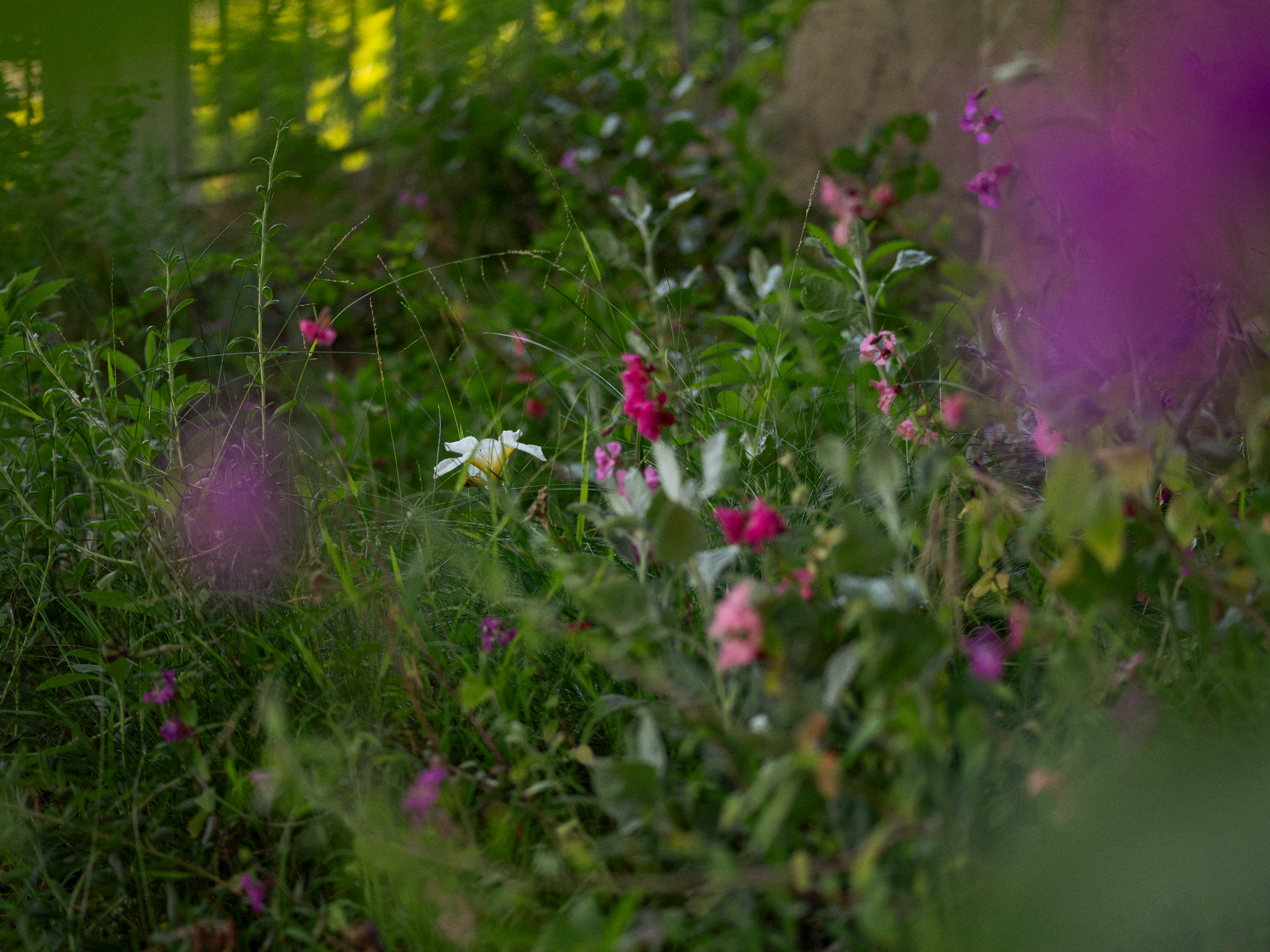
I hope that those new to the ecology of Southern California will have a similar experience that I myself had. The more you learn, the more this part of the world makes sense, the seasons come into focus, the hillsides are no longer brown blobs but places filled with generous buckwheats and ever hardy laurel sumacs.
I hope that you feel your aesthetic change, that you start to favor what is untamed and useful, to what is predictable but ultimately barren. I hope that the spaces in this guide ask you to rethink how we view our urban landscapes. That when we have the choice we can create something that gives back, rather than just takes, that we are not here for ourselves alone